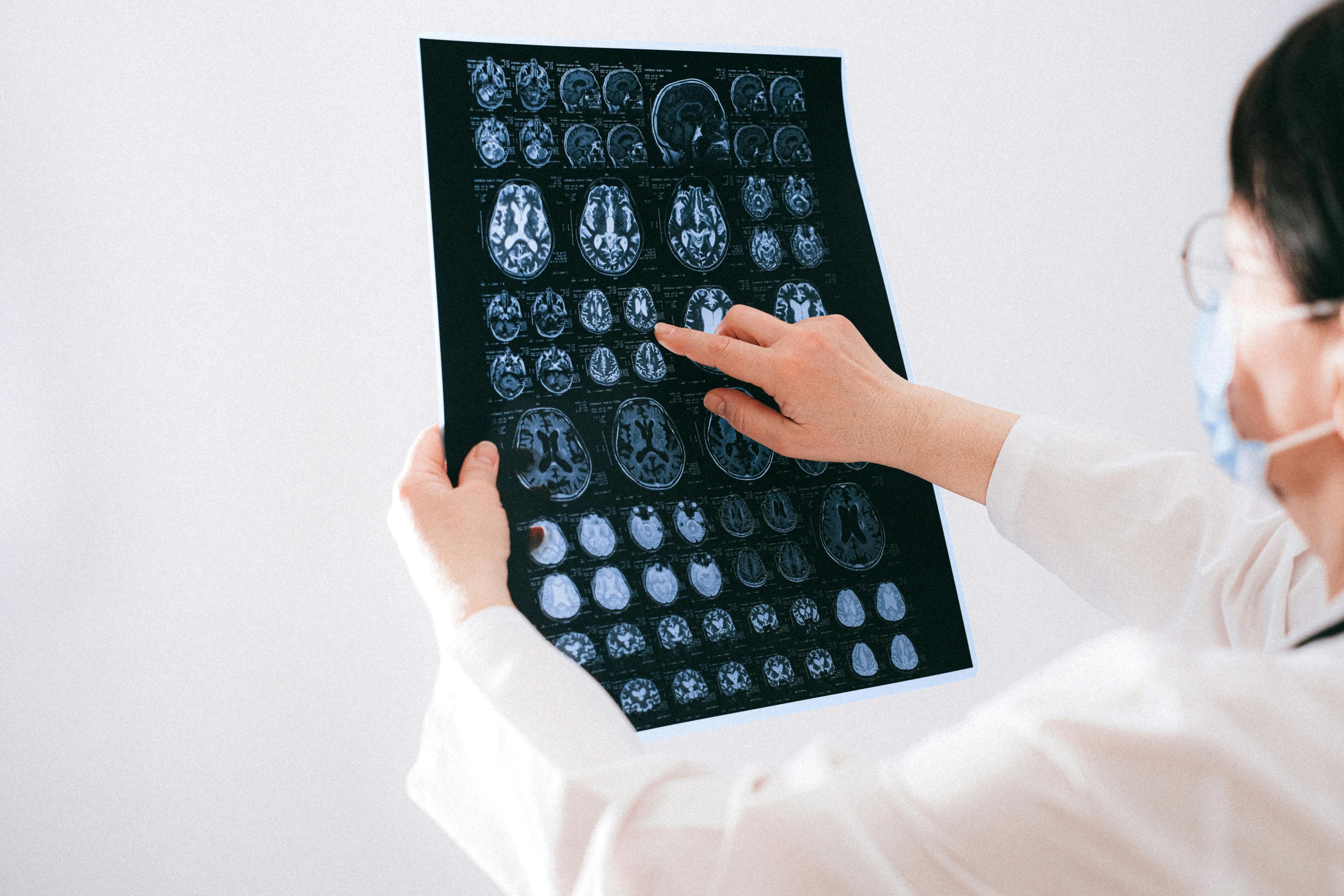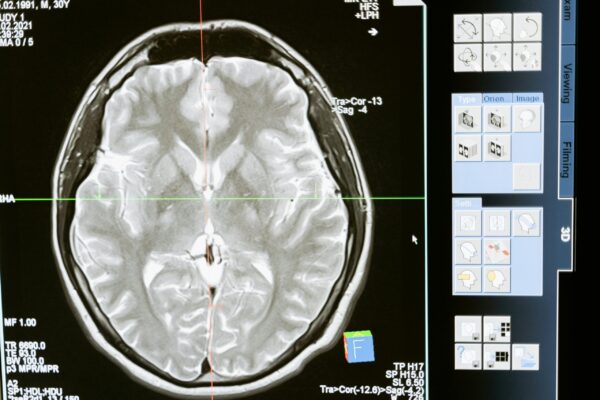
Tourette syndrome is a neurological condition characterized by involuntary movements and vocalizations, commonly referred to as “tics.” These usually begin in childhood and may continue into adulthood. While the exact cause of Tourette syndrome is still being researched, it is widely believed to involve a combination of genetic and neurological factors. Although there is no cure, several effective treatments are available to help individuals manage their symptoms and lead fulfilling lives.
Keep reading to learn more about Tourette syndrome.
Causes
The exact cause of Tourette syndrome remains unknown; however, research has identified several factors that contribute to its development. According to Better Health Channel, four key influences may be involved in the development of the condition:
- Genetics
Tourette syndrome can run in families. A child with a parent who has the condition has up to a 50 percent chance of inheriting it. Additionally, boys are approximately three times more likely than girls to be diagnosed, and symptoms often begin in childhood. - Streptococcal Infection
One theory suggests that certain types of Streptococcus bacteria may trigger neurological changes in some individuals, potentially contributing to the onset of Tourette syndrome. This is sometimes linked to PANDAS (Pediatric Autoimmune Neuropsychiatric Disorders Associated with Streptococcal infections), though more research is needed. - Neurochemical Abnormalities
Brain chemicals (neurotransmitters) such as dopamine and serotonin may function differently in individuals with Tourette syndrome. Whether these differences are present at birth or develop over time remains to be studied. - Co-occurring Conditions
Tourette syndrome often appears alongside other neurological or developmental conditions. Many individuals with TS also experience ADHD, obsessive-compulsive behaviors, learning differences, or anxiety-related challenges. These overlapping conditions can influence the presentation and experience of Tourette syndrome.
Symptoms
Tics are the hallmark symptom of Tourette syndrome. They are generally categorized as either motor (physical) or vocal, and can be simple or complex:
- Simple vocal tics (e.g., coughing, throat clearing, sniffing)
- Complex vocal tics (e.g., repeating phrases, mimicking speech)
- Simple motor tics (e.g., blinking, head jerking, facial movements)
- Complex motor tics (e.g., jumping, hitting, mimicking gestures)
Tics can become more noticeable or frequent during periods of stress, excitement, anxiety, or fatigue. While tics are involuntary, individuals can sometimes suppress them for brief periods, which may result in tension or discomfort.
Treatment
Although there is no cure for Tourette syndrome, many individuals learn to manage their tics with a combination of strategies. Treatment plans are often personalized and may include:
- Participating in behavioral therapies such as Comprehensive Behavioral Intervention for Tics (CBIT)
- Reducing stress by creating supportive and understanding environments
- Engaging in activities that require high concentration, such as playing an instrument, drawing, or sports
- Joining support groups or communities for shared experiences and emotional support
- In some cases, medication may be prescribed to reduce the severity of symptoms
For many, symptoms become less intense with age. According to News-Medical, symptoms subside within approximately ten years for a significant number of individuals. While about one in three may experience persistent symptoms into adulthood, the overall severity typically decreases over time.
Conclusion
Living with Tourette syndrome can present challenges, particularly in environments that lack awareness or understanding. However, with appropriate support, education, and treatment, many individuals with Tourette syndrome lead empowered and successful lives. By better understanding the causes, symptoms, and management strategies, we can foster greater inclusion and reduce stigma.
For more health-related articles, visit the rest of Ferry Godmother Productions!

